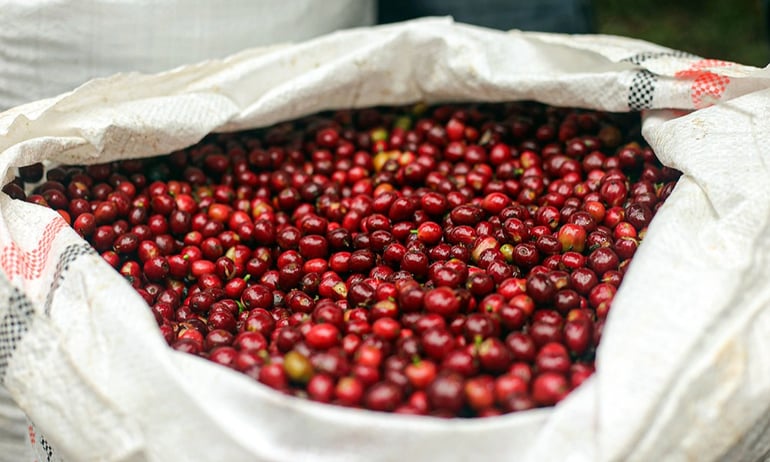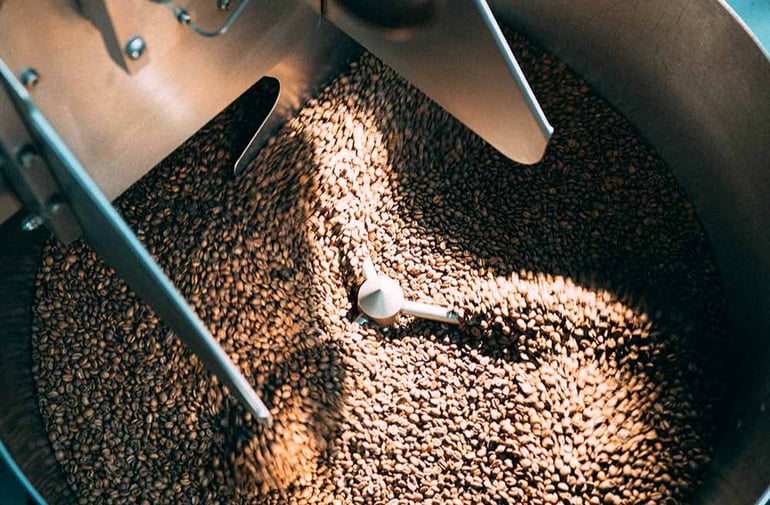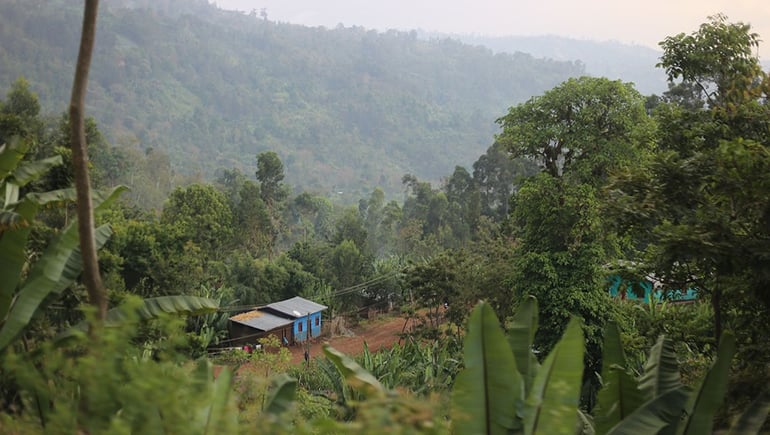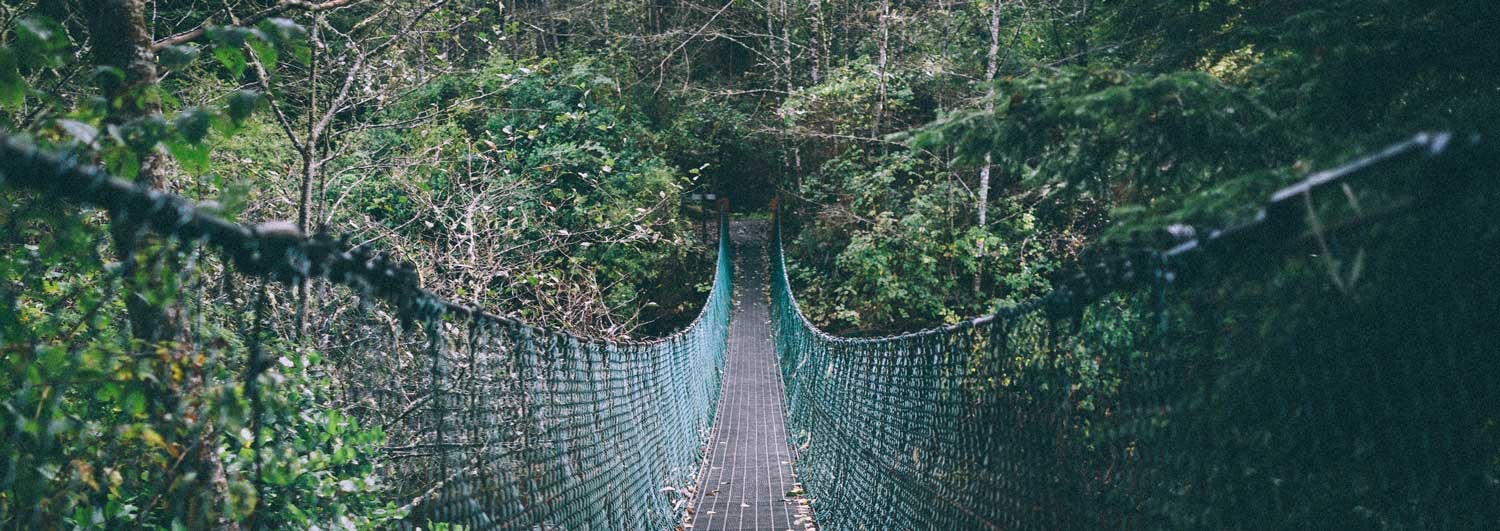When roasters source coffee on Algrano, they get access to offer samples before the beans ship, way ahead of profiling their roasts. This means roasters can choose their coffees with a lot of time to prepare and think of how to roast them.
February is the time when Ethiopian samples arrive. This is one of our most popular origins with lots of shipping options available to cup now. This is why we are sharing some of the expertise of two seasoned professionals.
In this two-part article, you’ll find out how they approach roasting Ethiopian coffee and how they answer profiling questions around this origin and faced across the industry.
The Joys and Sorrows of Roasting Ethiopian Heirlooms

Ethiopian coffee can taste like a cup of Earl Grey tea with a slice of lemon on the side. Or like ripe blueberries in the summer. Or even like flowers picked by blind nuns in the first light of day.
The floral profile of Ethiopian coffee is unmistakable. It goes from lavender and violet to jasmine and rose. Sensory complexity, intensity, and diversity are the reasons why we love it so much.
This variety is partially due to the 10,000+ heirloom varieties, combined in some unknown ratio in the plots of most farmers. There is so much potential in the cup to choose from… As we write, there are around 15 lots on offer at Algrano. And there’s more to come. Exciting times!

But getting the roast profile right can be a challenge. Different bean sizes and densities in the same batch need some thought. Especially if you don't want to end up with a mix of well-developed and underdeveloped beans in different shades of brown.
In this article, two professionals tell how they roast Ethiopian coffee and share the profiles of Natural and Fully Washed lots.
Dudley Powell (photo below) is the Head Roaster at Horsham Coffee Roaster and sources on Algrano since 2022. Lukas Komurka is the roaster at Pikola, an artisanal roastery in Czechia. Having returned from Colombia recently, he is new to the platform and a direct trade enthusiast.

>> Read More About Ethiopian Coffee on Algrano.
Heritage and Reputation
Ethiopia is the world’s sixth-largest producer of coffee. One of the reasons for the country’s well-deserved reputation is its heritage.
Coffee arabica plants first grew wild in the country's forests. It also has a rich cultural tradition around the beverage. Unlike many coffee-producing countries, coffee is central to the social life of Ethiopians.
The coffee ceremony is a part of daily life. Dry cherries are “pulped” manually using a mortar and pestle. The skin is blown away to clear the beans. And the green is roasted in a pan over an open flame before being ground and served, several times a day.
>> See Ethiopia’s Coffee Ceremony with Boledu.
Why Altitude Helps to Create Diversity
The other reason is the variety and density of its beans. Coffee is grown in most of the country, in elevated regions such as Sidamo, Yirgacheffe, Guji, Jimma/Limu, Lekempti, Harrar and Bench Maji.
Within these regions, many micro-regions exist. Specific villages, known as woredas, produce different nuances of a classic profile. This is a result of variations in micro-climate, grading and processing methods.

High altitudes, cooler climates and tree shade are three key conditions of Ethiopia’s coffee production. They have been associated with a slow ripening of the fruit. This, in turn, increases the concentration of chemical compounds linked to sensory attributes.
More recently, a group of Brazilian researchers also discovered that the microbiota found in coffee plants varies according to altitude. This is another factor to explain the change in the chemical composition of the beans whilst they mature and at the post-harvest stage.
>> Find Ethiopian Coffee on Algrano.
How to Balance Sweetness and Acidity
Coffee from Ethiopia can be unpredictable. “The most characteristic flavours in Ethiopian coffees are florals, such as lavender, bergamot, and jasmine,” says Dudley Powell. “But it also can have high acidity, as well as milk chocolate flavours.”
Lukas Komurka (photo below) agrees. “Typical notes for a Washed coffee from Ethiopia are green and black tea, with floral notes you can’t find in other coffees, like chamomile and lavender. Natural Ethiopian coffees tend to have forest fruit flavours, like blueberry and strawberry.”

With so much of the flavour wheel in the cup, it’s hard to decide on how to approach the roast. “Ethiopian coffee can be tricky for some roasters because it offers so much. It can be hard to enhance one part of the coffee without losing other parts,” explains Dudley.
“For example, if you decide to enhance the floral sweetness of the coffee, you might end up losing some of the acidity.”
Sample Roasting as Flavour Discovery
It’s hard to capture all the coffee can offer in one roast profile. Usually, you have to make a choice. Dudley, for example, decides what to do only after roasting a sample in different ways and cupping the coffee to see which sensory attributes he wants to enhance.

“The first thing I do is to roast a 50g sample in a number of different ways to look again at the potential of the coffee. For example, in a shipment we had recently, I detected a sparkling, bright, lemonade-like acidity, adding an extra layer of complexity that I wasn’t expecting.”
>> How We Roast Samples at Algrano & Our Standard Roast for Ethiopian Coffees.
This is not to say that you decide how to roast based on your taste. Dudley and Lukas know what their customers like and roast for them.
“They are looking for super sweet, juicy and bright in Washed Ethiopians. And in Naturals, ideally a clean coffee with a strong floral or berry presence as well as milk chocolate notes,” says Dudley.
| Harvest | October to February |
| Pre-contracting | December and January |
| Sales period | February to May |
| Shipments | Eight on schedule from April to June |
| Delivery | From July |
In the next post, Dudley and Lukas will discuss how they profile Ethiopian coffees. They’ll share examples of roast curves for Washed and Natural lots, including an unusual approach to “soaking” that improves uniformity.
A big thank you to Horsham Coffee Roaster and Pikola, who sent photos of their roasteries.






Let Us Know What You Thought about this Post.
Put your Comment Below.